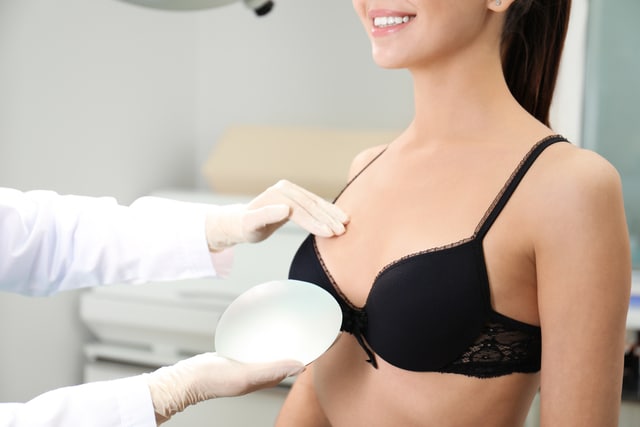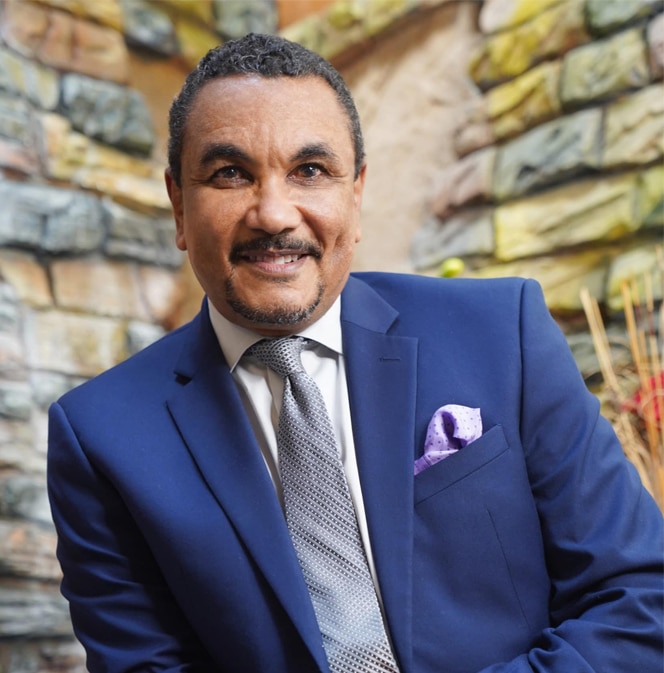
One of the most common types of plastic surgery people think of is breast augmentation. Whether you are interested in breast enlargement or achieving better symmetry in your appearance, Hillcrest Plastic Surgery's cosmetic professionals are ready to get started and deliver a natural-looking result.
Our Process During Breast Augmentation Surgery
When you choose Hillcrest, you can feel confident that our team prioritizes your goals. We create personalized treatment plans for every patient and start every service with a full evaluation. We listen to your desires for treatment and assess your chest wall, breast volume and skin thickness so we can choose the right implants for your figure.
From your initial consultation, we will make sure you understand how to prepare and what you'll need to recover from your surgery. Because you will be under general anesthesia for the treatment, you will need someone to accompany you and take you home following your procedure. Though breast augmentation recovery can take a few weeks, we will be a phone call away the entire time to support you through everything.
See Our Phenomenal Results
Discover what you have to look forward to from our breast augmentation services.
What Our Clients Have to Say
Explore a few testimonials to see what our valued clients say about our quality services.
I had a forehead osteoma and wasn’t sure how I was going to get it removed, especially after being turned down by various surgeons. From the moment I met Doctor Kenrick, I knew I was in good hands. He was incredibly kind, calm, and reassuring, which helped ease my fears. He took the time to explain everything in detail and made me feel confident that I had made the right decision.
The entire staff was helpful and kind, creating a supportive and welcoming environment. Surgery can be a scary experience, but Doctor Kenrick and his team made the process smooth and comfortable. I’m so grateful for his expertise and compassionate care. Highly recommend!
-VB
I had my Breast Reduction Surgery In July 2024 and couldn't be happier with the results. I'm glad I finally made the decision after thinking about it for many years. My experience at Hillcrest Plastic Surgery was great, Dr. Spence is professional and kind, he makes you feel comfortable. I was very nervous about having surgery but he was reassuring. The whole process was easy and smooth, my recovery was quicker than I anticipated. The results are amazing, I can't believe how good they look. since my surgery I've had a couple of other procedures and happy with the results. All the staff are professional, friendly and kind, they make you feel welcomed . to anyone thinking about going here you won't be disappointed I highly recommend Dr. Spence and his team! 10/10
-SG
Dr Spence was very thorough explaining the procedures he will perform based on my wishes and concerns. He was very professional yet friendly and a good listener. He made me feel at ease. The staff was pleasant.
-IS
I was simply blown away by the organization, professionalism but most importantly clinical expertise provided to my small child during our recent visit with Dr. Spence. I would highly recommend this practice. I have 18 years of experience working in Healthcare Administration.
-AH
Why Choose Hillcrest Plastic Surgery for Breast Augmentation?
At Hillcrest Plastic Surgery, we believe everyone should have access to treatments that help them look and feel their best. That's why our founder, Dr. Kenrick Spence, has dedicated more than two decades to serving Orlando and beyond with the best plastic surgery and noninvasive treatments available.
Breast Augmentation Questions Answered by Dr. Spence
What other questions do you have about breast implants and augmentation recovery? See Dr. Spence's answers right here.
Schedule Your Breast Augmentation Consultation in Orlando
The right breast augmentation plan can help you reach your goals and restore your confidence, and Hillcrest is here to help you create it from scratch. Schedule your consultation today and let our cosmetic specialists revitalize your appearance through our breast enlargement services.





